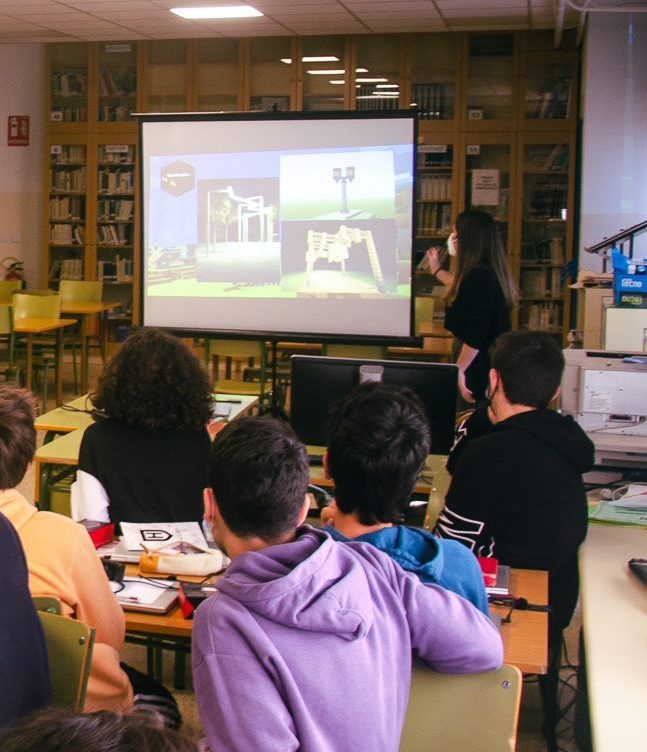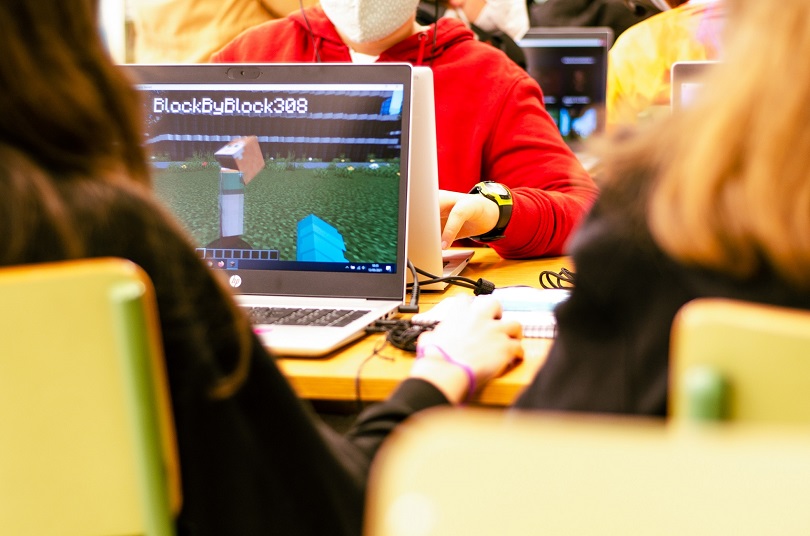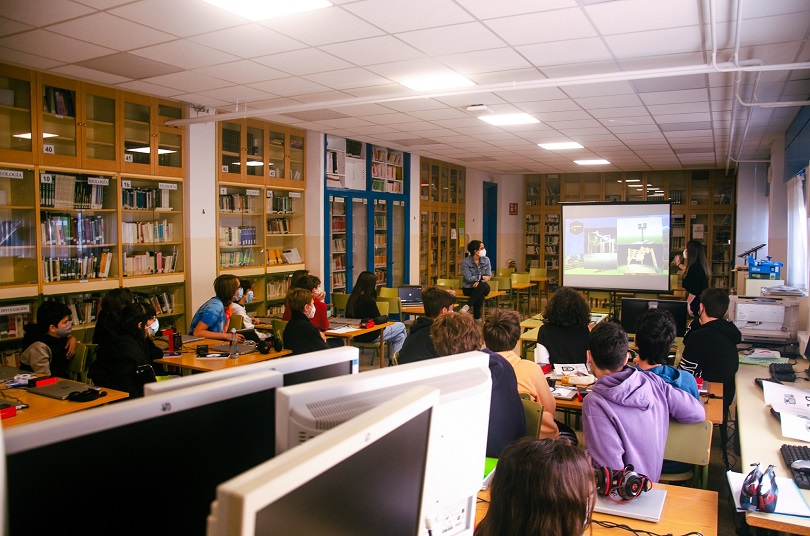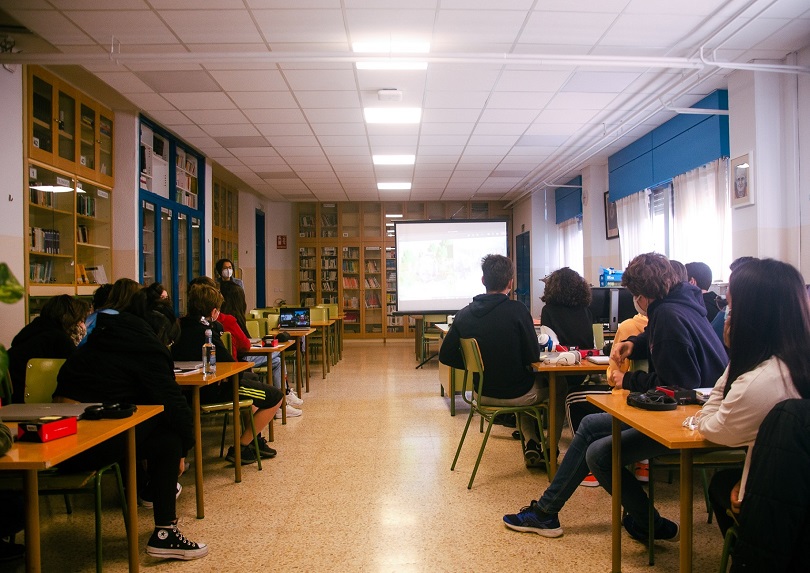20 May 2021
for Madrid Nuevo Norte

What does a park have to be like for future generations to like it? What elements do young people consider essential to make a green and leisure space attractive to them? And what are the things to avoid?
At Distrito Castellana Norte (DCN), we know that answering these questions is not always easy. Young people are still not used to being involved in the construction of their environment, which is not surprising since up to now, normally nobody asked their opinion. But this is changing: 21st century urban planning cannot be done with its back to the citizens, and there is a growing awareness that participatory processes must include all citizens in order to be effective.
This trend is already a reality in Madrid Nuevo Norte, a project that has included the opinions of the citizens from its initial planning stages and that will continue to need the contributions of all those who live in the city. For this reason, DCN, in collaboration with the Madrid City Council, has taken the step of bringing the Block by Block interactive participation methodology to Spain to involve the young people of Madrid in the design of the future central park of Madrid Nuevo Norte.

Block by Block is a partnership between UN Habitat, Microsoft and Mojang, the developers of the video game Minecraft, which aims to promote digital participation and community engagement in the planning and design process of cities. Block by Block uses Minecraft, which is a sort of digital lego, as a participatory tool for co-designing public spaces.
DCN, through its Social Engagement area, will work over the course of this year with the Block by Block project in 10 schools in different districts of Madrid. Thanks to the collaboration of the Madrid City Council and the District Councils, agreements have been reached with educational centres throughout the city, so that secondary school students from all neighbourhoods can contribute their vision of the central park, since Madrid Nuevo Norte is a project for the entire city.
Each school will work for one week. In a first session, students receive training on the project and how to use the Minecraft tools that they need to make their model. The Minecraft environment in which the students will work has been specifically prepared by the developers of Block by Block to reproduce the actual environment of Madrid Nuevo Norte, where the central park will be created. Students need to take into account specific aspects, such as shaded areas, type of vegetation, elements for recreational, sports or rest areas, among others. Above all, they need to contribute their ideas, their vision of what they want the great park to be like so that their generation will be able to fully enjoy in the coming years.

After the first session, the students are divided into small groups and have a week to work on their project and arrive with prepared material for the second face-to-face session. Here, the groups will finish their work and present it, receiving a certificate from UN Habitat that demonstrates their participation in the project.
The international organisation analyses, classifies and collects the suggestions, ideas and proposals generated by this work, in order to prepare a final report, which will collect the results of the work in the 10 schools. This report will be given to the technicians who will ultimately design the big park, so that they can take the elements indicated by the students into account.
Block by Block for the central park is already underway. The first school to participate was San Juan Bautista High School in Ciudad Lineal. The students worked all last week on their projects and handed them in today, showing that young people have a lot to say about what the city should be like. If they are asked and provided with a methodology adapted to their knowledge and preferences, they have the skills and the desire to participate and contribute.
The next school to participate will be Salvador Dalí, in Carabanchel. From there, in coordination with the City Council and the District Councils, the project will reach eight other districts in all areas of the capital. At the end of the year, after UN Habitat has prepared its report, the students’ work will be released for all of the citizens to see.
